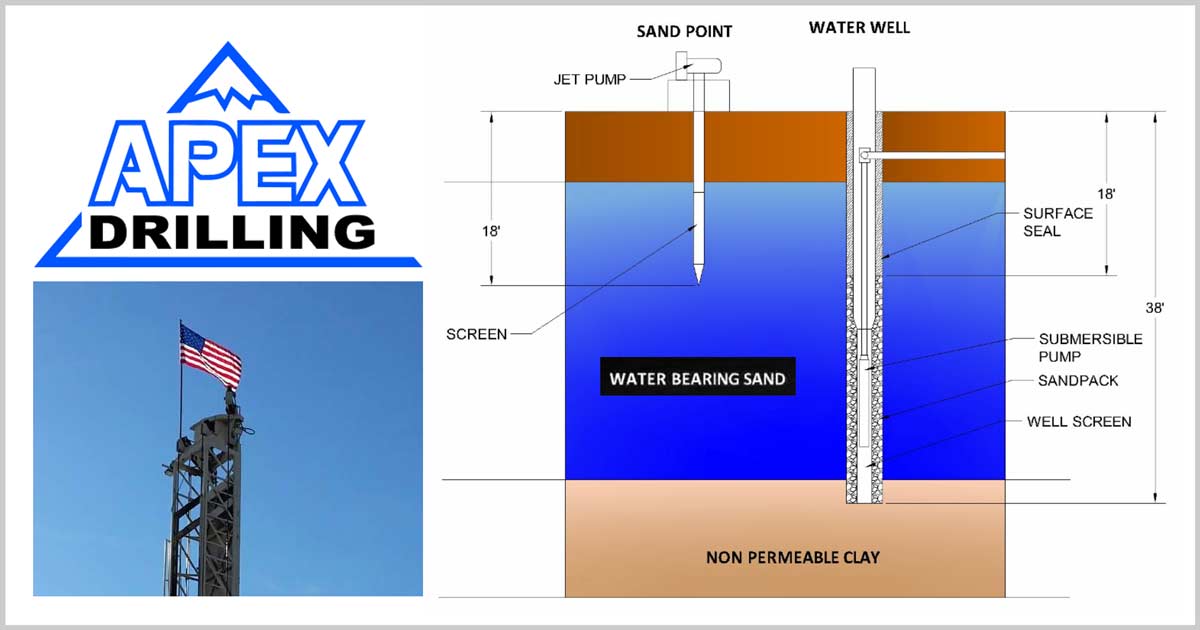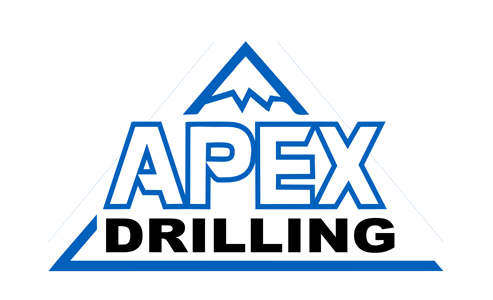
25 Apr What are the differences between a well and a sandpoint?
Sand Points vs Water Wells in Rupert and Heyburn Idaho
We often get phone calls that start something like this, “I have a home in (Heyburn, Rupert) and I am on a sand point.” Most of the time the sandpoint starts to fail and the home does not have enough water to meet its needs. Most homeowners don’t really understand what their sandpoint is or how it works. A sandpoint is a groundwater source that is created by driving a small diameter screen into a shallow layer of sand that contains water. That screen is connected to a pipe that runs up through the ground and ultimately connects to a single stage jet pump. The pump is then plumbed into the home or irrigation system. To replace a failing sandpoint home owners have 2 main options. They can install a new sandpoint or they can drill a well. Both options have some pros and some cons.
Sand Points
The new sandpoint is more affordable and can often be installed almost anywhere on the property. A licensed pump installers equipment is often smaller and much less invasive than drilling equipment making the install quick and clean. Sand points can often be installed in a few hours. One of the major disadvantages to a sandpoint is that it generally will not give large amounts of water. Also the pump often requires more maintenance than a submersible. Because sandpoints rely on the natural gradient of the ground material water can be dirty and they can also blank over easier. Another major downfall to a sandpoint is that there is very little to no surface seal material installed. This makes the chances of ground contamination much higher. An interesting side note is that while sandpoints can often be just fine at servicing water needs most lenders will not lend money on a property without a well.
Water Wells
Water wells are larger and drilled deeper into the aquifer, allowing for accommodation of larger water demands. There are also more options for size when drilling a well. Because of the design process in drilling extra space is given for a sand pack to be installed around the screen. This provides better water flow and cleanliness, while also making it very difficult for the screen to blank off due to fine sand and clays. Another major benefit to a drilled well is that wells are required to have a surface seal. Said surface seals protect the aquifer from contaminates migrating along the casing.
Regardless of your water needs, Apex Drilling can help with all of them. Contact us today.

Sorry, the comment form is closed at this time.